



 Tech & IT
Tech & IT
 Business
Business
 Coding & Developer
Coding & Developer
 Finance & Accounting
Finance & Accounting
 Academics
Academics
 Office Applications
Office Applications
 Art & Design
Art & Design
 Marketing
Marketing
 Health & Wellness
Health & Wellness
 Sounds & Music
Sounds & Music
 Lifestyle
Lifestyle
 Photography
Photography
More Learnfly
Business Solution Become an InstructorStock trading is the buying and selling of company shares on stock exchanges. Traders aim to profit from price fluctuations by analyzing market trends, company performance, and economic indicators. It requires strategic decision-making and risk management in pursuit of financial gains.

By : Kevin W. Chiu
Cracking The VSA Code...
4.3 32
1:50:33 hrs 13 lectures All Level

By : Satyendra singh
Basic of Harmonic Pattern, Trading Process , its Advantage and Disadvantage , Crab, B...
4.8 1401
16 lectures Intermedite Level
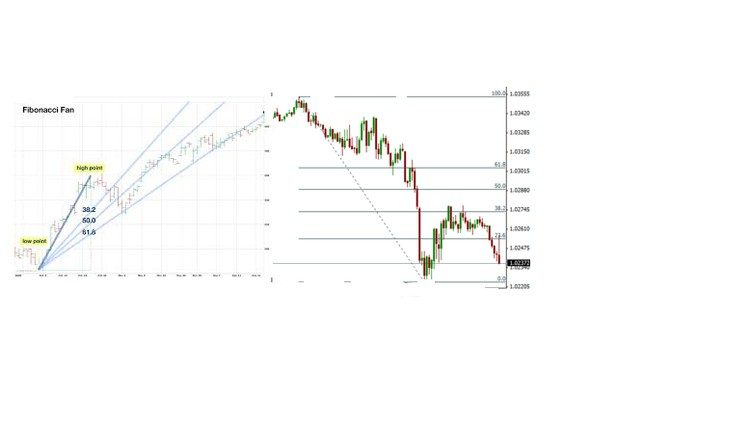
By : Satyendra singh
Fibonacci , Trendlines, Candlesticks , Fibonacci fan ,Fibonacci Arc , Technical indic...
4.8 1038
11 lectures Intermedite Level

By : Satyendra singh
Copper, soft commodiy ,crude oil trading, basics of commondity, trading strategies...
4.5 929
3:26:32 hrs 10 lectures Intermedite Level

By : Satyendra singh
Gold basics, silver basics , trading strategies with gold silver, basics of commomdit...
4.5 931
4:6:36 hrs 10 lectures Intermedite Level

By : Satyendra singh
Support resistance, Elliott Wave , Pivot points , Fibonncai, VIX, option chain, Stock...
4.5 1018
4:20:27 hrs 15 lectures Intermedite Level

By : Satyendra singh
Trading in crude oil ,Gold , silver,copper & natural gas with technical analysis con...
4.5 934
6:39:52 hrs 19 lectures Expert Level
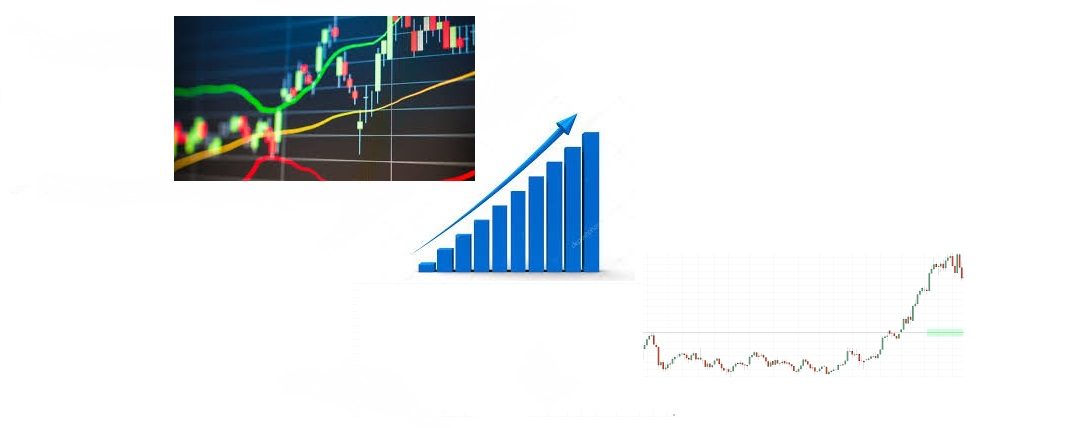
By : Satyendra singh
Candlestick patterns, trendline, Support resistance, stock selection criteria, good ...
4.5 972
32 lectures Intermedite Level
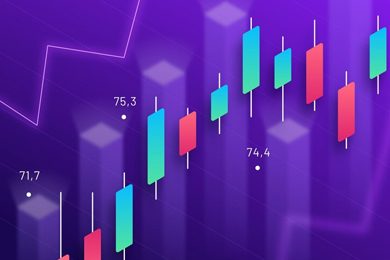
By : Satyendra singh
28 Option Trading Strategies ,Options Basic and Greek Option , Time Decay , Risk G...
4.4 849
48 lectures Expert Level

By : Satyendra singh
Trading Strategies, Candlesticks, Patterns,Technical Indicators,Stock Selection,Entry...
4 1000
5:59:7 hrs 31 lectures Intermedite Level












Learn more topics in various categories at one place. Explore unlimited courses in other categories and up-skill yourself today.

 Jazeb Akram
Jazeb Akram 4.2 771161 Beginner Level

 John Hedengren
John Hedengren 4.1 569065 All Level

 Ranjan Pandey
Ranjan Pandey 4.1 346732 All Level

 Muhammad Ahsan Pervaiz
Muhammad Ahsan Pervaiz 4.2 101339 All Level

 Pieter Vliegenthart
Pieter Vliegenthart 4.6 100919 All Level

 Jerome P.
Jerome P. 4.8 100882 All Level

 Senol Atac
Senol Atac 4.9 100095 All Level

 Vikas Munjal
Vikas Munjal 4.8 100066 Beginner Level

 Avinash A
Avinash A 4.8 100017 All Level

 Kevin W. Chiu
Kevin W. Chiu13 Lectures Intermedite

 Debasruta Chowdhury
Debasruta Chowdhury 6 Lectures Intermedite

 Prabh Kirpa Classes
Prabh Kirpa Classes6 Lectures Intermedite
.jpg)
 TechLatest .Net
TechLatest .Net8 Lectures Intermedite

 Satyendra singh
Satyendra singh16 Lectures Intermedite

 Satyendra singh
Satyendra singh11 Lectures Intermedite

 Satyendra singh
Satyendra singh10 Lectures Intermedite

 Satyendra singh
Satyendra singh10 Lectures Intermedite

 Satyendra singh
Satyendra singh15 Lectures Intermedite

 Satyendra singh
Satyendra singh10 Lectures Intermedite

 Satyendra singh
Satyendra singh19 Lectures Intermedite

 Satyendra singh
Satyendra singh32 Lectures Intermedite

 Satyendra singh
Satyendra singh12 Lectures Intermedite

 Satyendra singh
Satyendra singh18 Lectures Intermedite

 Satyendra singh
Satyendra singh48 Lectures Intermedite

 Satyendra singh
Satyendra singh31 Lectures Intermedite
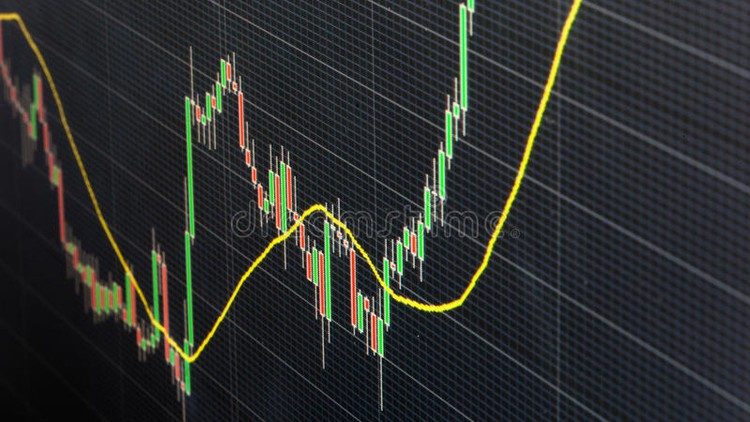
 Satyendra singh
Satyendra singh18 Lectures Intermedite

 Dinesh Kumar (NISM Certified)
Dinesh Kumar (NISM Certified)19 Lectures Intermedite

 Dinesh Kumar (NISM Certified)
Dinesh Kumar (NISM Certified)33 Lectures Intermedite

 Dinesh Kumar (NISM Certified)
Dinesh Kumar (NISM Certified)37 Lectures Intermedite

 Dinesh Kumar (NISM Certified)
Dinesh Kumar (NISM Certified)31 Lectures Intermedite

 Dinesh Kumar (NISM Certified)
Dinesh Kumar (NISM Certified)34 Lectures Intermedite

 Dinesh Kumar (NISM Certified)
Dinesh Kumar (NISM Certified)37 Lectures Intermedite

 Dinesh Kumar (NISM Certified)
Dinesh Kumar (NISM Certified)45 Lectures Intermedite

 Dinesh Kumar (NISM Certified)
Dinesh Kumar (NISM Certified)33 Lectures Intermedite

 Nrupen Masram
Nrupen Masram24 Lectures Intermedite

 Nrupen Masram
Nrupen Masram8 Lectures Intermedite

 Nrupen Masram
Nrupen Masram15 Lectures Intermedite

 Dinesh Kumar (NISM Certified)
Dinesh Kumar (NISM Certified)32 Lectures Intermedite
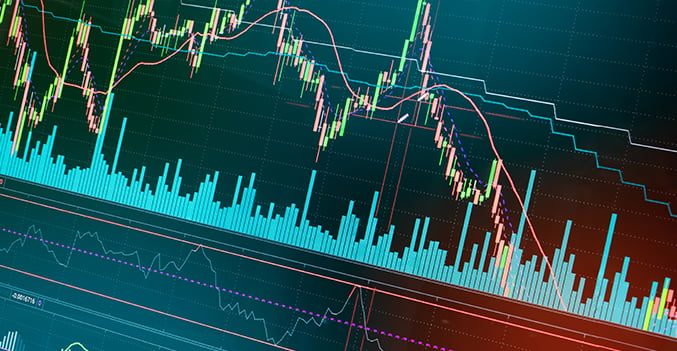
 Nrupen Masram
Nrupen Masram12 Lectures Intermedite

 Satyendra singh
Satyendra singh27 Lectures Intermedite

 Satyendra singh
Satyendra singh15 Lectures Intermedite

 Satyendra singh
Satyendra singh23 Lectures Intermedite

 Dinesh Kumar (NISM Certified)
Dinesh Kumar (NISM Certified)43 Lectures Intermedite

 Dinesh Kumar (NISM Certified)
Dinesh Kumar (NISM Certified)40 Lectures Intermedite

 Amal mouna bouhlal
Amal mouna bouhlal27 Lectures Intermedite

 Amir Rimer
Amir Rimer76 Lectures Intermedite

 David Oisamoje
David Oisamoje13 Lectures Intermedite
.jpg)
 David Oisamoje
David Oisamoje13 Lectures Intermedite

 Daksh Murkute
Daksh Murkute12 Lectures Intermedite

 Daksh Murkute
Daksh Murkute25 Lectures Intermedite

 Daksh Murkute
Daksh Murkute9 Lectures Intermedite

 Daksh Murkute
Daksh Murkute13 Lectures Intermedite

 Chandramouli Jayendran
Chandramouli Jayendran115 Lectures Intermedite

 Tawanda Irvine Makoni
Tawanda Irvine Makoni15 Lectures Intermedite

 Anurag Singal
Anurag Singal27 Lectures Intermedite
Stock trading involves buying and selling shares of publicly traded companies on stock exchanges. Traders aim to profit from price fluctuations in stocks by executing trades based on market analysis, trends, and other factors.
Stock trading is popular for its potential to generate returns and provide liquidity to investors. It offers opportunities for capital appreciation, dividends, and portfolio diversification. The stock market also plays a key role in capital allocation for businesses.
Main types include day trading (buying and selling within the same trading day), swing trading (holding stocks for a few days to weeks), and long-term investing (buying and holding for an extended period). Each approach has its own risk and reward profile.
Technical analysis involves studying historical price charts and trading volumes to predict future price movements, while fundamental analysis evaluates a company's financial health, management, and industry trends. Traders often use a combination of both methods to make informed decisions.
Risks include market volatility, economic uncertainties, and company-specific factors affecting stock prices. Traders may also face risks related to leverage, liquidity, and psychological factors. Risk management strategies are essential to mitigate potential losses.





